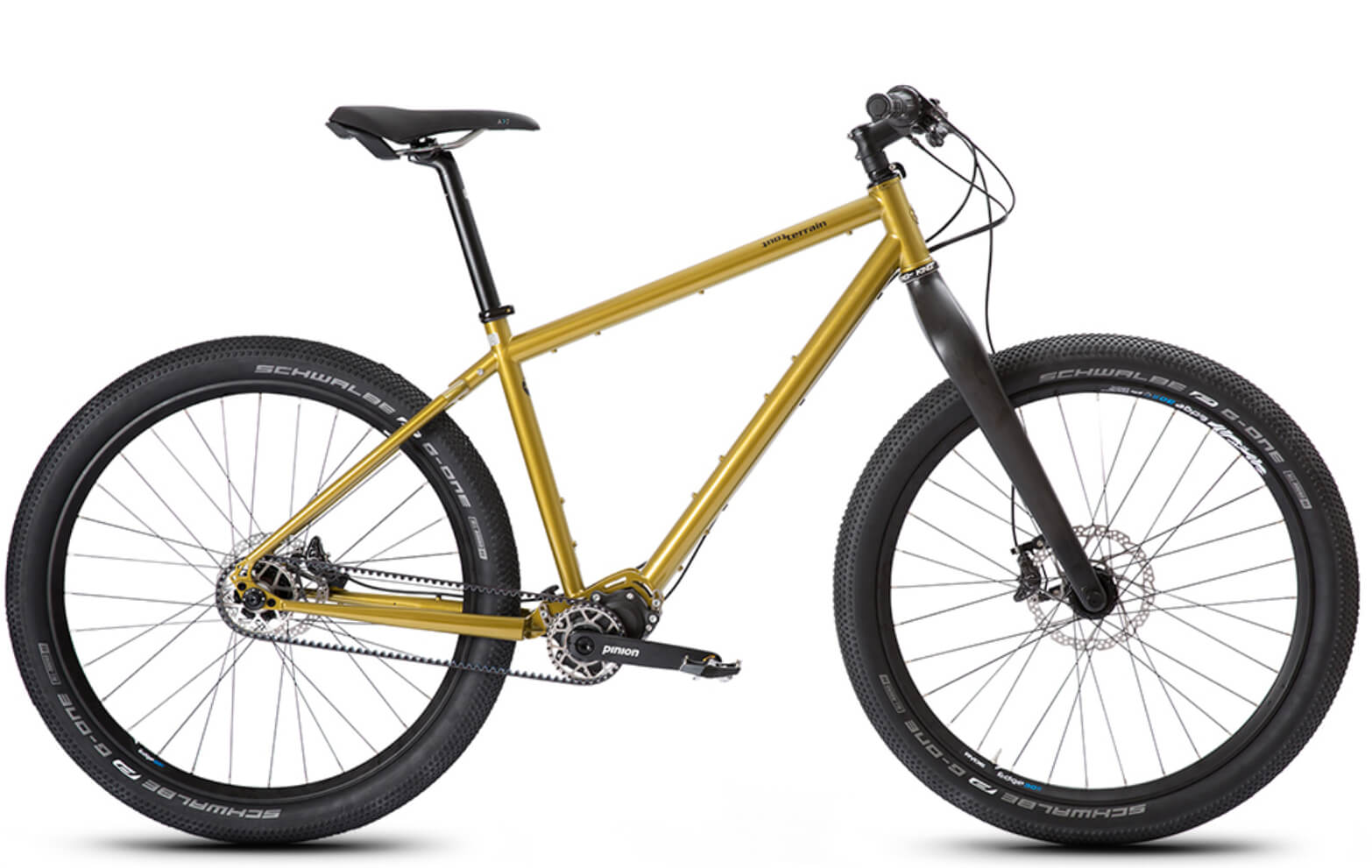Adventure Stories
THE ATLAS MOUNTAINS
IN RACING MODE

The Atlas Mountain Race leads in 1,200 kilometres and 20,000 vertical metres through the High Atlas in Morocco. Endurance races like this are becoming more and more popular. More and more it is also about exploring the extremes. The concept of these races is that you have to navigate completely self-sufficient. There are no supply stationy. The break times are not specified. Everyone sleeps when and where they want. Just the right thing for the photographer and adventurer Kilian Reil!
“For me personally, these races are on one hand a nice challenge, often more mental than physical. I feel more like I’m racing against myself and my own time than other participants.
And on the other hand, it allows me to stay fit between my own touring projects like “Bikerafting in Yakutia” – states Kilian Reil about his motivation to take part in the Atlas Mountain Race.
We talked to him and summarized his experiences.
COMPLETELY ON ITS OWN
The concept of the Atlas Mountain Race is quickly explained. It is a so-called Unsupported Bikepacking Race through Morocco with start in Marrakech and finish at the Atlantic Ocean. The participants are completely on their own and if you look at the facts and figures of this race, it quickly becomes clear: The AMR is one of the toughest races of its kind!
The track is very challenging both in terms of condition and technical requirements. It leads the participants in about 1,200 kilometres and 20,000 vertical metres over large parts of the High Atlas and the Anti Atlas. The finish is near Agadir on the Atlantic Ocean. The terrain range from dry stone desert and deep sand to snow-covered passes. You will navigate yourself. Three checkpoints along the way ensure that no one gets lost. Each participant is responsible for his or her own supply on the way. There are only few possibilities to stock up on water and food on the way. The supply that you have on your bike is accordingly large. In small shops you buy the most necessary things – water, bread and bars. The temperatures range from about zero to +30 degrees Celsius. Especially at night it gets very cold. Kilian’s luggage includes warming clothes as well as camping equipment such as sleeping bag and mattress.

The route leads us through beautiful mountain ranges, small oases and villages, wild desert landscapes and tough gravel passages over and over. Some of the ascents are so steep and rough that the bikes have to be pushed or carried.

Similar to other long distance races there are cut-off times for each checkpoint. This prevents participants who are too slow from getting into trouble and not making it the rest of the way.

There are no supply stationy. Small shops supply the necessary water, bread and chocolate bars.
ACTUALLY IT IS NOT THE SPEED THAT IS RELEVANT, BUT HOW LONG YOU CAN SIT IN THE SADDLE.
THE QUESTION OF EQUIPMENT
Different from bike touring, while racing you always ride at your limit, the bike including luggage becomes more minimalistic, sleep is rationalized, food and hygiene only a means to an end.
Many participants would have wished for more comfort and stability, which is rather secondary for fast gravel bikes. The third placed Jay Petervary for example said at the finish line that he had chosen the wrong bike.
Sometimes the stretches of gravel were so unpleasant and rough that a mountain bike was much more comfortable. So a DNF-quota (Did not finish) of about 1/3 of riders is not surprising.

The dropbar with a triathlon attachment look a bit familiar on this bike. However, many and especially experienced long-distance riders rely on exactly this combination. The advantages? Lots of grip positions, less fatigue, less pain.

Gearboxes are a rarity in self-sustained long distance races and that although the wear and technical vulnerability is much lower than with conventional shifting.
“It’s a good idea to have a bike that has as little contact surface for technical defects as possible. For me it was clear that I would be riding my “Siberia” bike for the race. It has already accompanied reliably through Yakutia and Indonesia!”

Kilians bike Set-Up for the Atlas Mountain Race.
“I simply had no problems. Okay, the belt squeaked a bit with all the dust and sand, but that can be reduced with some water or soft soap if necessary.” – explains Kilian.

THE BIKE
The base is a Tout Terrain Outback, originally 27.5″ jacked up to 29″ and decorated with dropbars including the Cinq-Shiftr.
The working hero is a C1.12 transmission with Gates belt and a 1:1 transmission ratio (belt blade front and rear 32 teeth). And in retrospect this transformation was a wise decision. Even on steep hills Kilian had some 1-2 gears as spair.
AT THE FINISH LINE AFTER FIVE DAYS AND NIGHTS
After five days Kilian reaches his destination on the Atlantic Ocean. It is night and most of the other participants are already asleep. His self-imposed goal: under 6 days, Kilian has achieved.
By the way: Break times are not specified. Everyone sleeps when and where they want. Whether it is the ditch or the hotel – it’s up to everyone. Kilian often sleeps under trees or against a wall. Easier said than done – getting out of the warming sleeping bag when it is still dark and cold. On average he sleeps four hours. Considerably more than during other long distance races. But the setting in Morocco is more strenuous, mainly because the dry, dusty air is not good for his asthmatic lungs. Sleep regeneration is still super important. Some ride fast and sleep long, others sleep less and spend longer days in the saddle.

“Often you are asked how it feels when you ride through this landscape – I think you enjoy it anyway, just much faster and less detailled. For me, both types of travel have their charms, but the races are often much more blurred than the tours”- Kilian Reil.
Kilian Reil
Thank you for the photo credit Lian van Leeuwen I Nils Laengner
Stay in touch with us
PINION NEWSLETTER

Unique

DIRECT

Acclaimed

Frequenty

